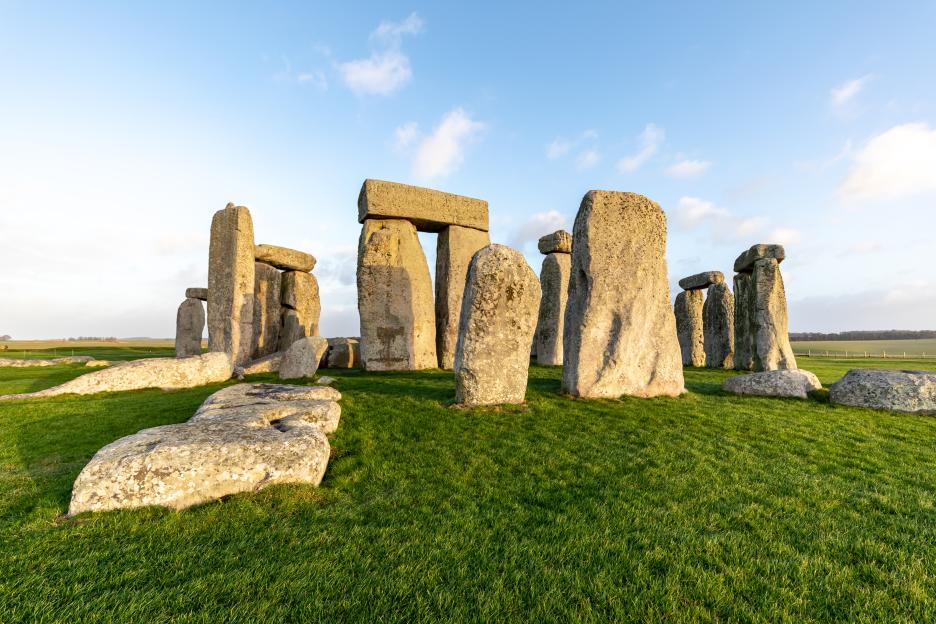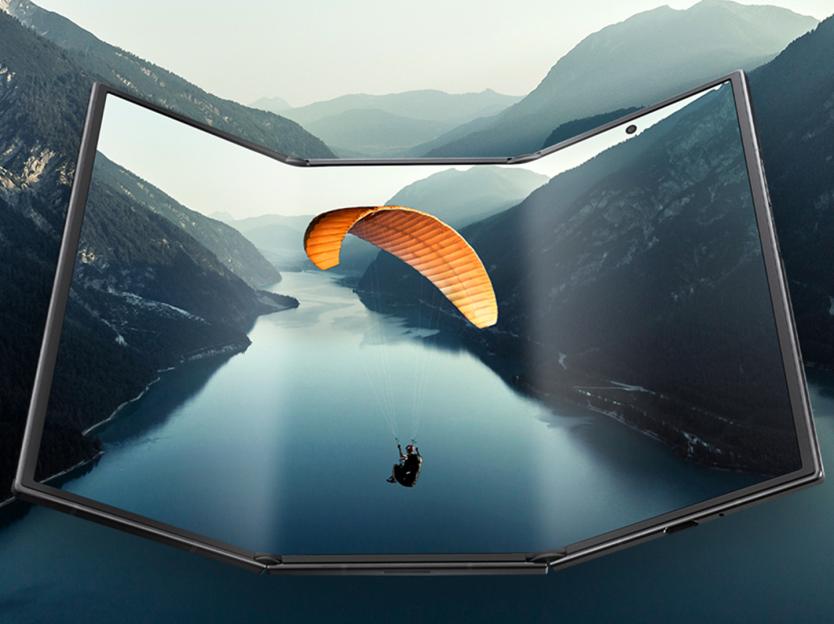Table of Contents
A remarkable Roman “experiment” has been uncovered after over 2,250 years.
The extraordinary find was located just 11 miles east of Rome, and archaeologists believe another mystery may lie nearby.
 This is a 3D model of an ancient Roman water basin discovered at the Gabii archaeological siteCredit: Marcello Mogetta
This is a 3D model of an ancient Roman water basin discovered at the Gabii archaeological siteCredit: Marcello Mogetta
 This aerial view shows the ancient Roman city of Gabii, located approximately 11 miles east of central RomeCredit: Marcello Mogetta
This aerial view shows the ancient Roman city of Gabii, located approximately 11 miles east of central RomeCredit: Marcello Mogetta
Researchers have discovered the remnants of a large stone-lined basin.
This basin was found in the core of the ancient Roman city of Gabii and is partially carved into the bedrock.
Experts believe it dates back to 250 BC, making it one of the earliest examples of “Roman monumental” architecture that is not limited to temples or city walls.
This indicates that it served not only practical purposes but also acted as a form of “political expression.”
“This find provides us with a unique insight into how early Romans experimented with urban planning,” stated Professor Marcello Mogetta, who led the research.
“Its placement at the center of the city, near the main crossroads, suggests it may have been a monumental pool that formed part of the city's forum, a central aspect of public life in Roman towns.
“As archaeologists are still uncertain about the true appearance of the early Roman Forum, Gabii offers an invaluable perspective on its evolution.”
Gabii is a significant archaeological site, situated not far from Rome.
Parts of the town are carved into the slope of an ancient volcanic crater, which contributed to the city's development.
Experts assert that findings at Gabii illustrate how early Roman builders were inspired by various architectural styles.
This included “paved plazas, impressive terraces, and grand civic spaces” that were not only functional but also served to convey “image and power.”
Romans adopted this architectural style in Gabii.
“While the earliest layers of Rome are buried beneath centuries of later constructions, Gabii – a once-powerful rival of Rome, first settled in the Early Iron Age – was largely abandoned by 50 BC,” said Mogetta, from the University of .
“It was later reoccupied on a much smaller scale.
 This massive stone-lined basin was discovered at Gabii and is partly carved directly into the town’s bedrockCredit: Marcello Mogetta
This massive stone-lined basin was discovered at Gabii and is partly carved directly into the town’s bedrockCredit: Marcello Mogetta
“As a result, Gabii’s original streets and building foundations are exceptionally well preserved, providing a rare glimpse into early Roman life.”
The site is part of a significant excavation project aimed at exploring early Roman history.
This project will also investigate a “mysterious anomaly” located near the basin.
Archaeologists identified this “anomaly” through thermal imaging scans.
 This is a model replica of a child’s sarcophagus discovered at GabiiCredit: http://www.exhibitions.kelsey.lsa.umich.edu
This is a model replica of a child’s sarcophagus discovered at GabiiCredit: http://www.exhibitions.kelsey.lsa.umich.edu A Brief History of the Roman Empire
Here’s what you should know...
- The Roman Empire began shortly after the establishment of the Roman Republic in the 6th century BC and lasted for about a thousand years until the fall of the last Western emperor in 476 AD.
- During this period, the Romans governed numerous countries across Europe and parts of Africa and the Middle East.
- At its peak, approximately 90 million people inhabited the Roman Empire.
- The empire evolved from a monarchy to a democratic republic, then to a military dictatorship, and ultimately was ruled by emperors.
- One of the most notable Roman leaders is Julius Caesar, who was famously assassinated in 44 BC and is largely credited with his military prowess and laying the foundations for the Roman Empire.
- The expansion of the Roman Empire has left a lasting impact on modern life, with contributions such as Latin, straight roads, underfloor heating, and the spread of





